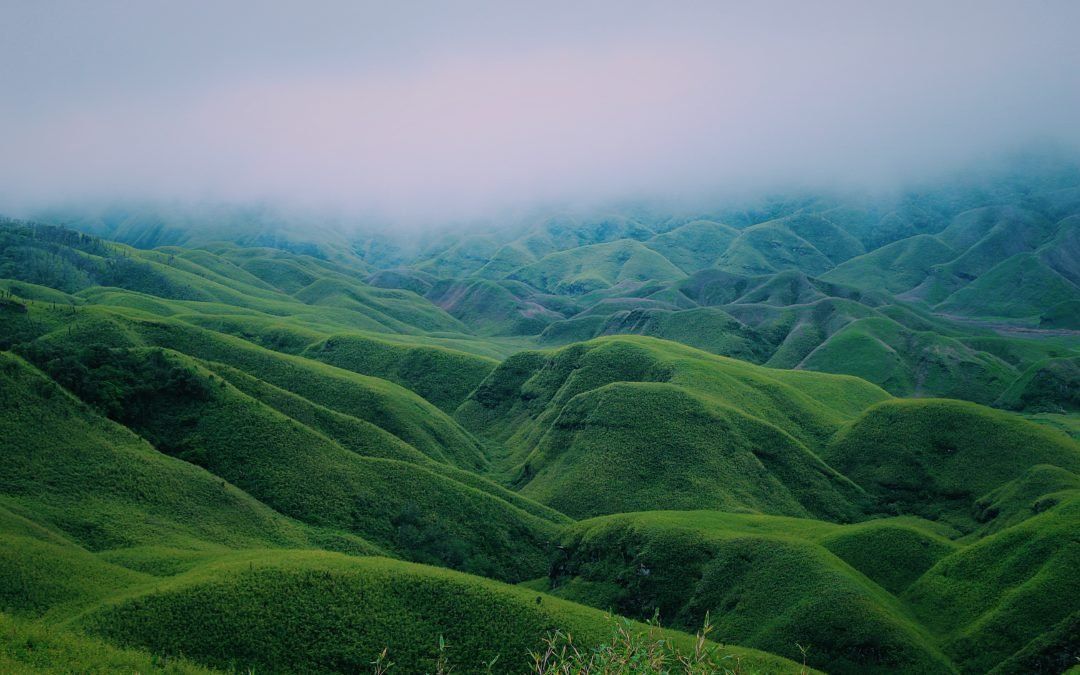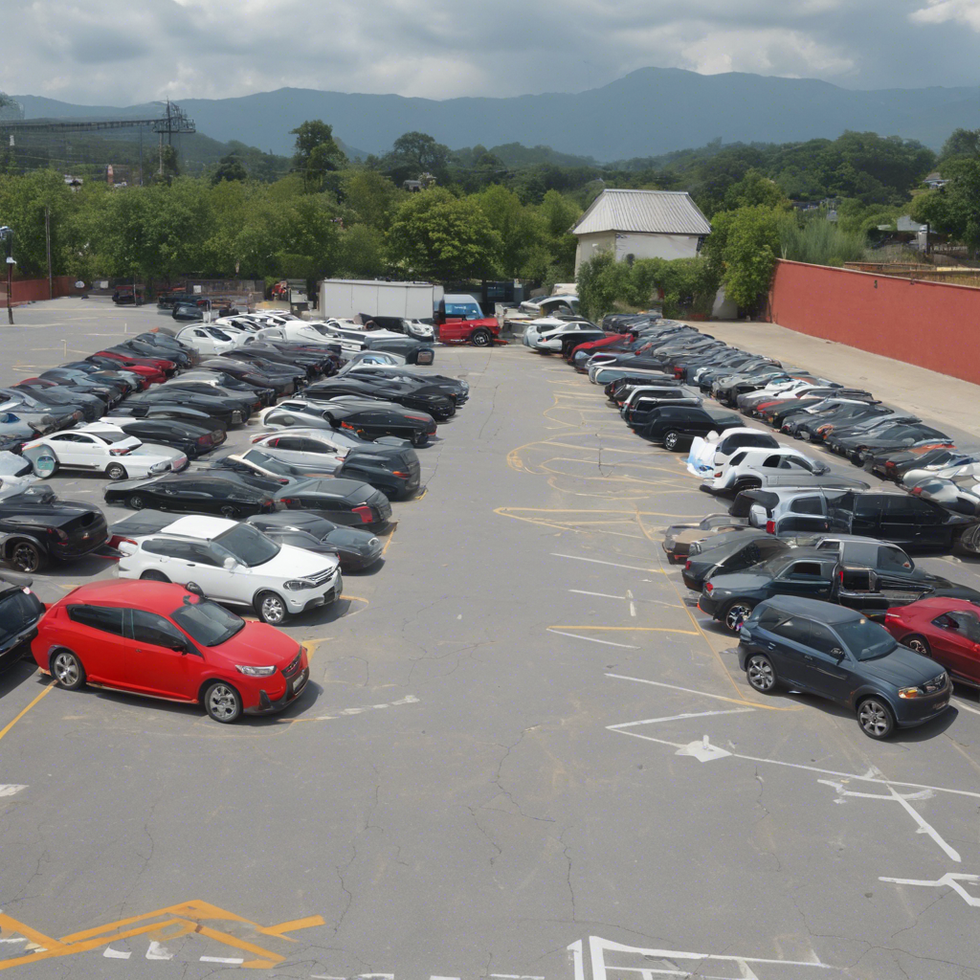Nagaland is a remote and mountainous state in northeast India.
It’s also one of the most ethnically and linguistically diverse states in the country, with over 40 distinct languages spoken. Nagaland is home to tribes such as the Meitei, who are known for their skill incrafting intricate traditional dress. The state also has significant tourism potential, with attractions like the Dimapur Tiger Reserve and Kohima Wildlife Sanctuary. If you’re looking for a break from the hustle and bustle of everyday life, Nagaland is definitely worth exploring. In this blog post, we will explore the state’s many attractions and what makes it such a unique destination.
Overview of Nagaland
Nagaland is a state in Northeast India that is mountainous and densely forested. The state has a population of around 1.6 million people and a GDP of $1 billion. Nagaland is one of the least developed states in India and has limited infrastructure. The main industries are tourism, forestry, and handicrafts. The state is home to the Naga people, who are an indigenous group inhabiting Nagaland and parts of neighboring Burma.
The history of Nagaland dates back to the early days of Indian independence. In 1947, the British colonial authorities in Nagaland decided to divide the state into two administrative units: North-East Frontier Agency (NEFA) and Assam Plateau Administration (APA). NEFA comprised present-day Arunachal Pradesh while APA consisted of Nagaland, Manipur, Tripura, and Arakan (now part of Myanmar). However, this decision was met with resistance from the Naga people, who saw their homeland as a single entity.
In 1952, a referendum was held on whether or not to merge NEFA and APA into a single unit. The majority of voters supported unification, but the British government refused to accept the result. As a result, NEFA and APA remained separate entities until 1970, when they were merged into a single province called Nagaland. This merger didn't go well with many Naga activists; they felt that they
The Geography of Nagaland
Nagaland is one of the most densely populated states in India. The state has an area of 9,528 square kilometers and a population of 1,321,825 as per the 2011 census. Nagaland is bounded by Myanmar on the north, Manipur on the east and south, Mizoram on the west, and Arunachal Pradesh on the northeast. The state has a varied topography comprising broad plains at the central region with rugged hills in the east and southeast. The major rivers that flow through Nagaland are: Lapori, Dimapur, Syngnath and Sonitpur. The climate in Nagaland varies from tropical savanna along the Bay of Bengal to temperate hill ranges in the interior regions.
The people of Nagaland are considered to be one of the most diverse groups in India. They belong to many different tribes and languages which makes it difficult for outsiders to understand their customs and traditions. However, there are some common features that can be observed across all tribes and languages spoken in Nagaland. These include a strong belief in ancestor worship, Oral literature (stories told around campfires), spiritualism (focusing on dreams as means of guidance), intricate beadwork artisanship, music and dance festivals held annually in various villages etc.
The main religions followed by Nagas are Hinduism and Christianity. Naga cultural practices such as traditional dress such as Mehndi (wedd
The Economy of Nagaland
Nagaland is a state in Northeast India that has gone through a rapid economic development in the past few years. The state has a rich mineral and hydrocarbon reserves, which have led to an investment boom in Nagaland. The state has also developed a strong manufacturing sector, thanks to its ample resources and low labour costs.
The growth of the economy of Nagaland is largely due to the investments made by foreign multinationals. The state has attracted major multinationals like Microsoft, Intel, Coca-Cola and PepsiCo to set up their operations in Nagaland. These companies have helped to create thousands of jobs for the people of Nagaland.
The State government is also working hard to promote entrepreneurship and entrepreneurship education. This is necessary to ensure that the growth of the economy is not monopolised by a few big companies. The state government is also investing heavily in infrastructure development, including roads and transport facilities. This will help to boost tourism as well as trade activities.
The economy of Nagaland has been growing at an impressive rate, thanks to the investments made by foreign multinationals and the State government's efforts to promote entrepreneurship and entrepreneurship education. It is expected that this trend will continue in the future as well.
The Demography of Nagaland
Nagaland is one of the most sparsely populated regions in India. With a population of just 1,608,111 people in 2011, it ranks as the least populous state in India. The population is mainly comprised of the Nagas and other hill tribes who speak their own languages. The major religions practiced in Nagaland are Hinduism and Christianity.
The majority of Nagaland’s inhabitants live in rural areas and smaller towns. The state has a rich culture and history that is largely untouched by modernity. The traditional lifestyle revolves around agriculture, hunting, fishing, gathering berries, fruits and mushrooms, and weaving baskets and mats. There are also few industrial or commercial centers in Nagaland due to its isolation from mainstream Indian society.
Despite its small population size and lack of economic development, Nagaland has a strong tradition of democracy with a strong civil society presence. Political power is largely vested in the hands of the elected legislative assembly which consists of 60 members elected using the single transferable vote system. The current Chief Minister of Nagaland is T R Zeliang who was sworn into office on 14 July 2015.
The Culture of Nagaland
Nagaland is a landlocked state in Northeast India that shares its borders with Assam and Manipur. The state has a population of 1,680,000 and covers an area of 407 sq. km. Nagaland is the smallest state in India by territory but it is one of the most diverse states in terms of culture and ethnicity. The state's culture is mainly based on its indigenous Mon-Khmer culture which has been heavily influenced by Buddhism, Christianity, Hinduism and Islam.
The people of Nagaland are known for their warm hospitality and love for nature. They are also known for their traditional arts such as wood carving, textiles and pottery. Nagaland's rich cultural heritage has been preserved through the establishment of museums and art galleries across the state. The state's major tourist attractions include the Monimukhuri Wildlife Sanctuary, Kohima Fort and Bishnupur Mahadev Temple.
What is the Government of Nagaland like?
The Government of Nagaland is a parliamentary democracy with a unicameral legislature. The President, who is the head of state, is elected by the parliament and has limited powers. The Prime Minister, who is the head of government, is appointed by the president. The legislature consists of 60 members, 40 of whom are elected in single-member constituencies and 20 are representatives from non-governmental organizations. There are also 10 nominated members. The judiciary is independent and provides justice in accordance with the law. Nagaland has a population of about 1.3 million people, 88% of whom are Christians and 12% Muslims. About half the population lives in urban areas. The economy is based mainly on agriculture and tourism.
What are the main religions in Nagaland?
Nagaland is a landlocked state in Northeast India. It is home to the world's second largest ethnic Nepalese population, and has a rich cultural heritage. Nagaland has a diverse religious landscape, with Christianity, Hinduism, Islam, Animism and Buddhism all present. Nagaland has two main religions: Theravada Buddhism and Hinduism. The main religion of the Nepalese is Theravada Buddhism. There are also small evangelical Christian communities present in Nagaland.
How safe is it to visit Nagaland?
Nagaland is a beautiful, isolated state in Northeast India. It is one of the most dangerous places in the world to visit. The state has a history of violence and strife, and there are very few tourists who visit Nagaland. This makes it one of the most secretive and safest states in India.
Despite this, violent crimes do happen here. In January 2018, a British tourist was hacked to death in Kohima while on holiday. This was just the latest in a long line of such incidents. So, if you're thinking of visiting Nagaland, please be aware that it is an incredibly dangerous place. However, if you are determined to go there, make sure you take all the necessary precautions.
Always use caution when travelling alone or in remote areas. Avoid walking after dark and stay away from crowds and unfamiliar areas. Make sure your passport is up-to-date and keep money tucked away out of sight (in a secure location). And finally, never leave your belongings unguarded – even for a moment – no matter how safe you think yourself to be.
How to get around Nagaland?
The best way to get around Nagaland is by air. There are flights to several destinations in the region, including Dimapur, Kohima, Imphal and Dimapur. The easiest way to reach any of these cities is by hiring a car or taxi.






 StableDiffusion
StableDiffusion Photo by
Photo by  Photo by
Photo by 
 full parking
StableDiffusion
full parking
StableDiffusion









